Database and its components- Info Explore
Dive into the essential components of databases, understanding their roles and how they contribute to effective data management and organization.
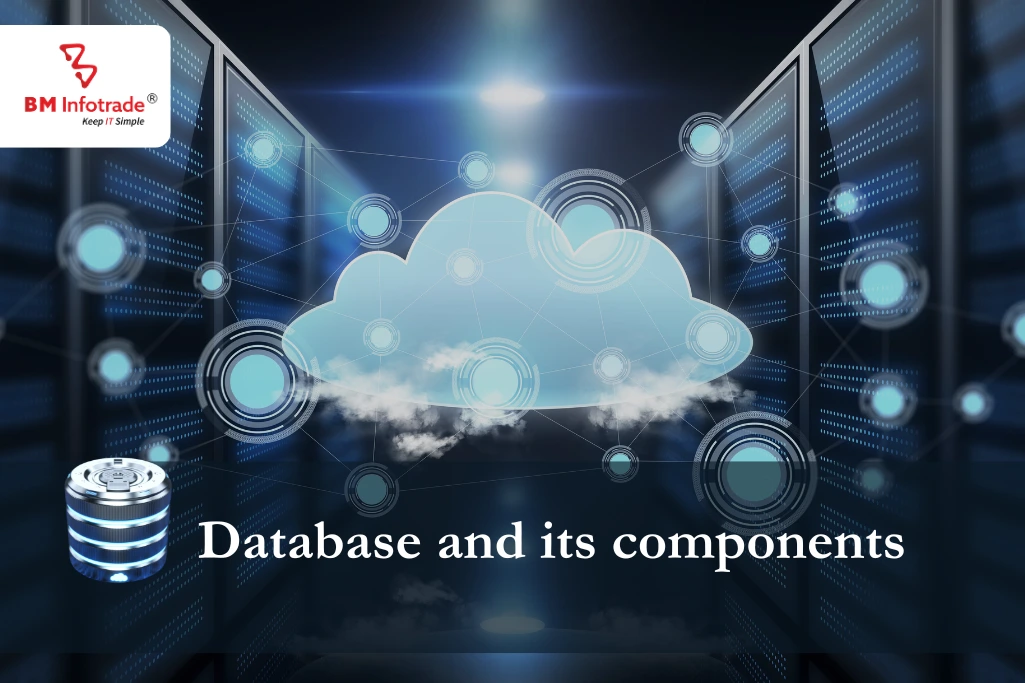
Database and its components- Info Explore
Table of Contents
A database is a planned gathering of data. They enable the manipulation and storage of data electronically. Databases make data management simple. Data is nothing more than information that has been gathered in a variety of formats, including text, numbers, media, and others. Data can be transformed into a binary digital form for use in computing, allowing it to be moved around and processed effectively. For instance, Intellipaat may have information about the names, ages, and educational backgrounds of its students, as well as specifics about the various courses it provides.
Over time, as data increased exponentially, so did the units used to measure it. According to PwC, 4.4 ZB (zettabytes) of data were produced globally in 2019. IDC went on to state that it will increase to 175 ZB by 2025, however. To organize all of this data, databases, database management systems (DBMS), and relational database management systems (RDBMS) quickly developed.
Elements of a database
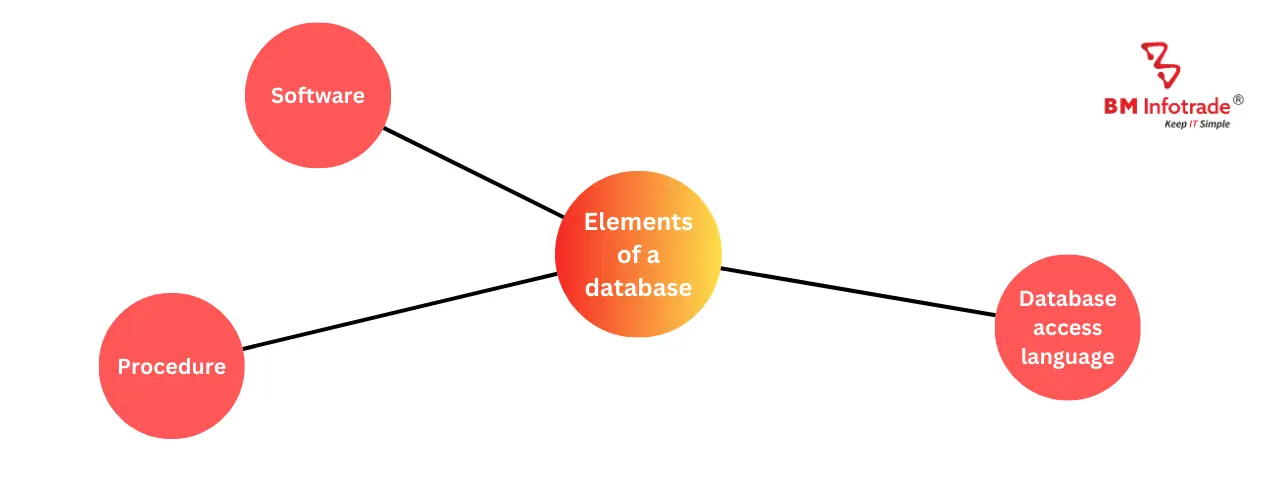
Hardware consists of actual, tangible electronic devices, including storage and I/O units. It can serve as a link between digital devices and physical systems.
Software: Applications for overseeing and managing the entire database. DBMS is a type of software. Examples include the operating system (OS), database application programs that enable data access in DBMS, network software that distributes data, etc.
Data is the information that a DBMS collects, stores, accesses, and processes, including operational data, metadata, and actual data.
Procedure: A specific set of guidelines and rules for using a database in the design and operation of a database management system (DBMS), as well as for teaching users how to use and manage it.
Database access language: This facilitates data export to and database access of the same. You can write commands in the database access language to add new data, update existing data, or retrieve data from the database. The results are then presented to the user by the DBMS.
Read More: Database Management System: Types, Advantages, tools, and examples.
Architecture of a database
The term "database architecture" describes the overall layout and construction of a database system, including all of the hardware and software elements that go into its construction, the way that data is organized and stored, and the methods by which it can be accessed and changed. There are many different kinds of database architectures, such as Centralized database architecture; Distributed database architecture; Client-server database architecture; and Cloud database architecture.
The organization's requirements—including the volume and nature of the data being stored, the number of users who need to access it, and the system's performance and scalability needs—determine the database architecture that should be used.
Various database types
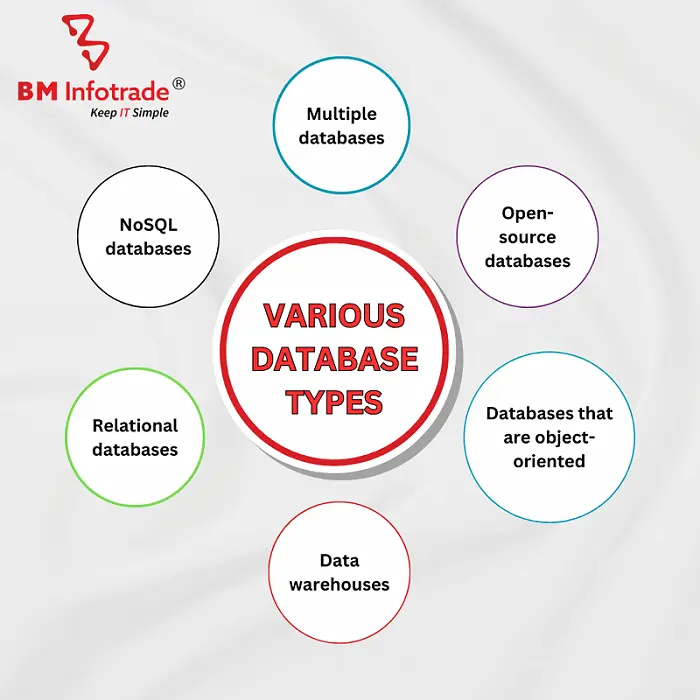
Multiple databases:
A distributed database is a special kind of database that incorporates data from local computers as well as data from the common database. The data in this kind of database system is dispersed among various organizations and not kept in one location.
Databases that are object-oriented:
All data types can be stored in this kind of computer database. Objects are used to store the data. The attributes and methods of the objects that will be stored in the database specify how the data should be used. An illustration of an object-oriented relational DBMS is PostgreSQL. Databases of this type of computer store the application procedures that enable users to access the data even from a distance.
Open-source databases:
These databases contained data about operations. It is primarily utilized in the fields of databases, employee relations, and customer service.
Relational databases:
These types of databases use tables to define database relationships. The most common DBMS type on the market is also known as Relational DBMS. MySQL, Oracle, and Microsoft SQL Server databases are a few examples of RDBMS databases.
Databases that are designed or optimized for a virtualized environment are known as cloud databases. A cloud database has a ton of benefits, some of which can cover the cost of bandwidth and storage. Along with high availability, it also provides on-demand scalability.
Data warehouses:
A data warehouse helps a business create a single version of the truth for planning and decision-making. A data warehouse is a type of information system that holds commutative and historical data from one or more sources. The organization's reporting and analysis processes are made easier by the data warehouse concept.
NoSQL databases:
These databases are used for big distributed data sets. Relational databases are effective at solving a few big data performance issues. Large-scale unstructured data analysis is very effective with this kind of computer database.
Read More: Big Data Technology- Big data for bigger outcomes
Conclusion:
Businesses can see exactly how data is exchanged, preventing the creation of duplicates, thanks to a DBMS. Businesses should consider whether they can meet this requirement because a DBMS, like many other systems, would require more memory and CPU.



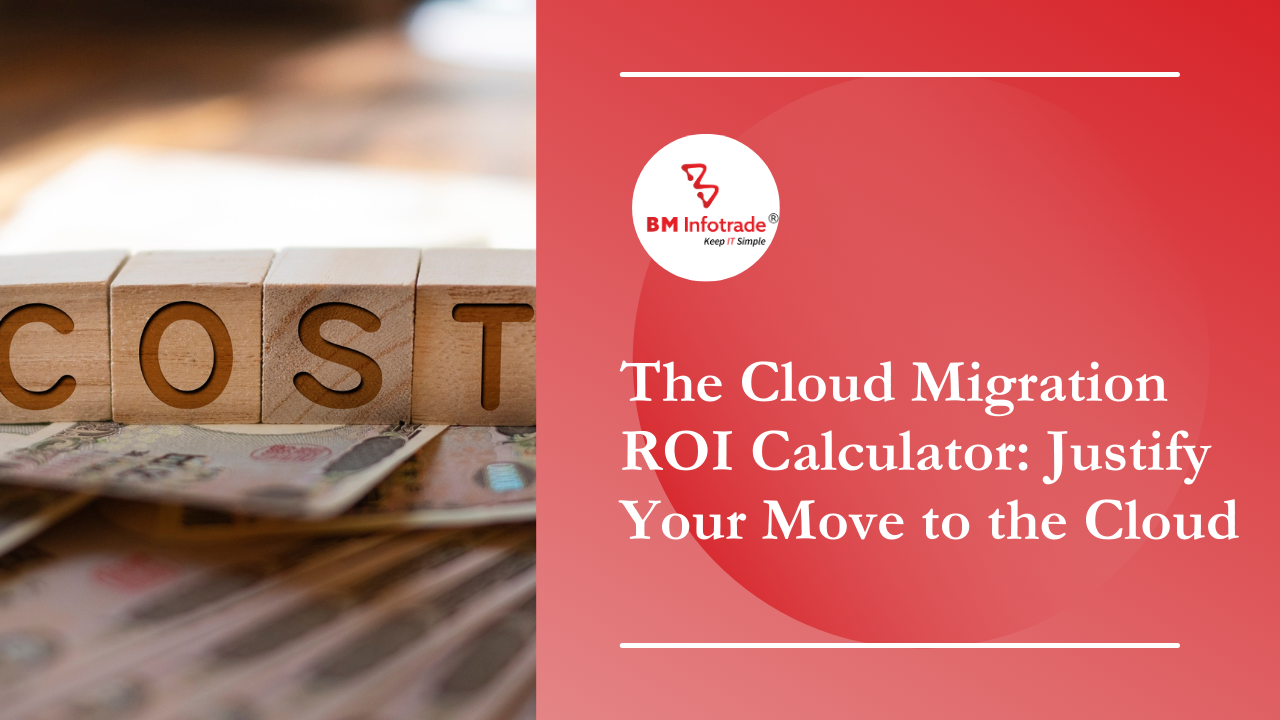
![Cloud Licensing and Compliance Made Easy [All-in-One Bundle]](https://bminfotrade.com/assets/upload/blog/21851766642757.png)

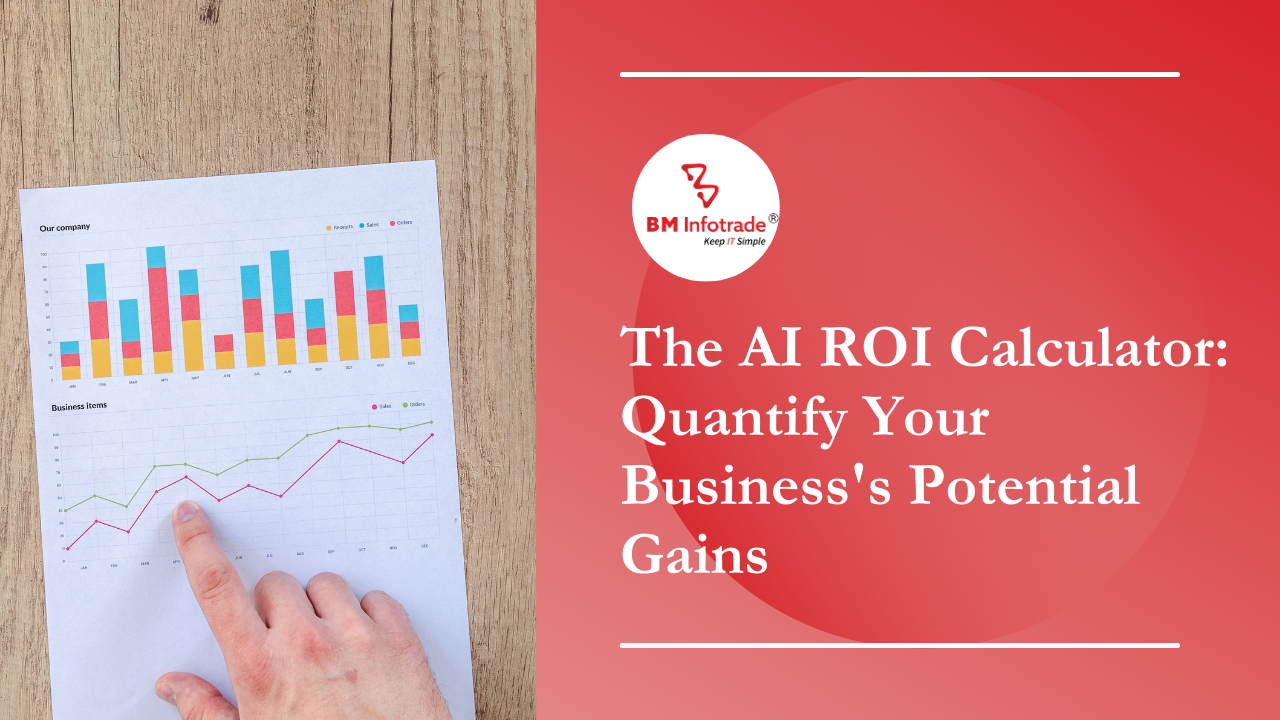
Anshul Goyal
Group BDM at B M Infotrade | 11+ years Experience | Business Consultancy | Providing solutions in Cyber Security, Data Analytics, Cloud Computing, Digitization, Data and AI | IT Sales Leader